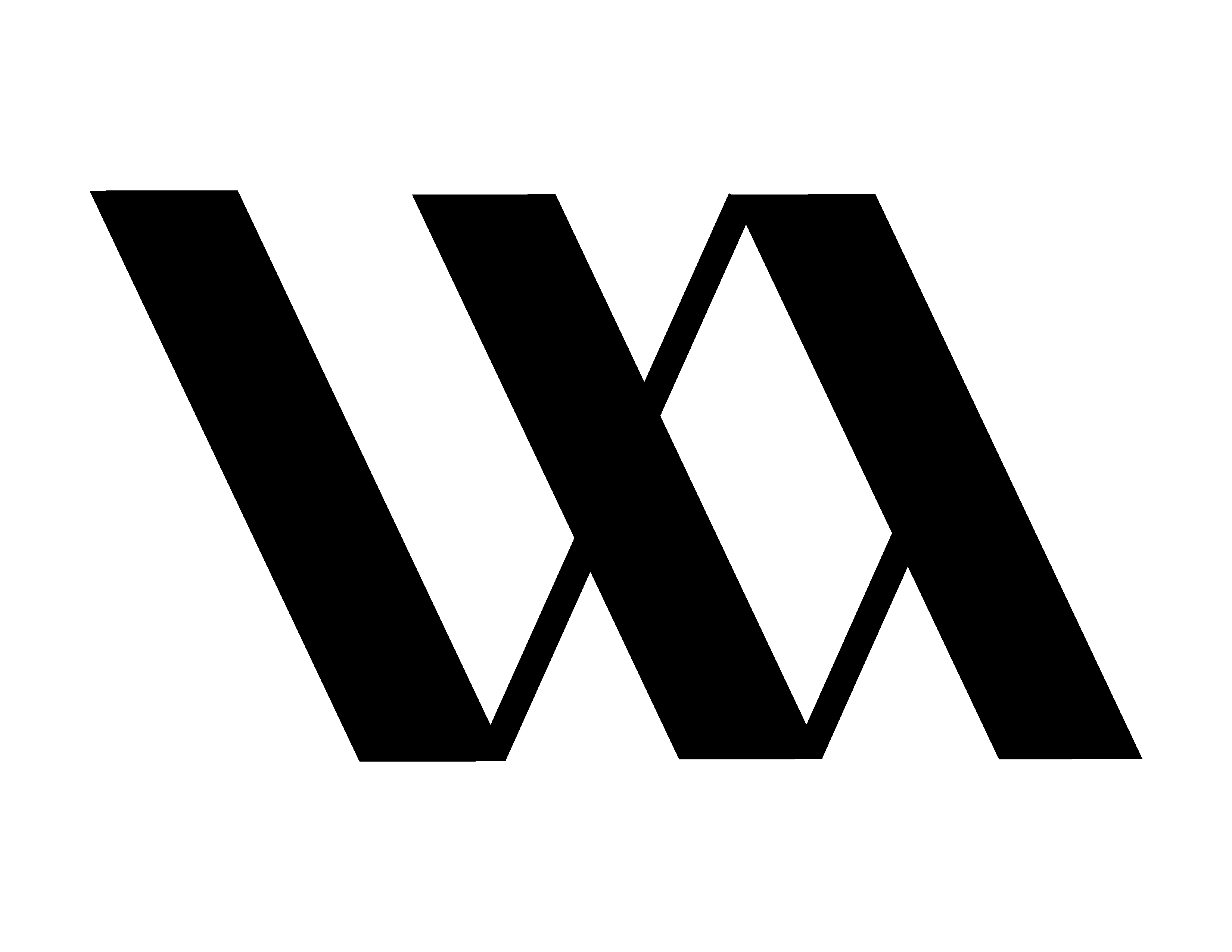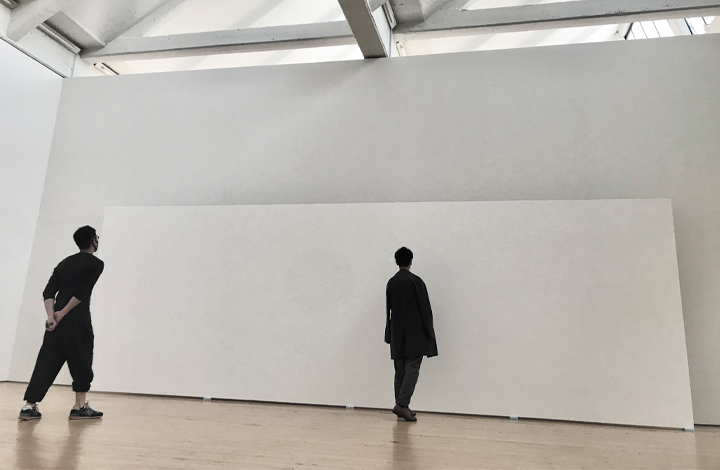Ryman was often classified as a minimalist; but, he preferred to be known as a "realist", because, he was not interested in creating illusions, but, only in presenting the materials he used in compositions at their face value. As he wrote in a statement for a 2010 exhibition at Pace Wildenstein, "I am not a picture painter. I work with real light and space, and since real light is an important aspect of the paintings, it always presents some problems."[10] The majority of his works feature abstract expressionist-influenced brushwork in white or off-white paint on square canvas or metal surfaces. A lifelong experimenter with media, Ryman painted and/or drew on canvas, linen, steel, aluminum, plexiglas, lumasite, vinyl, fiberglass, corrugated paper, burlap, newsprint, wallpaper, jute sacking, fiberplate, a composite material called gator board, feather board, handmade paper, and acrilivin. He used painted and/or drew with oil, acrylic, encaustic, Lascaux acrylic, casein, enamel, pastel, oil pastel, graphite, guache, and enamelac. By the time Ryman began working, older artists like Barnett Newman, Mark Rothko, and Philip Guston had already reduced painting to its essences.[11] In 1955 Ryman began what he considered to be his earliest professional work, a largely monochrome painting titled Orange Painting (1955–59).[12] In 1968-69 he created his Classico series of compositions consisting of multi-panel paintings on a specific type of paper called Classico. For each work in the series, Ryman attached a configuration of heavy, creamy white sheets of the paper to a wall with masking tape, painted the sheets with a shiny white acrylic paint, removed the tape when the sheets were dry, mounted them on foamcore, and reattached them to the wall. The built-up paint edge tracing the outline of masking tape and the ripped paper left behind give witness to the process of creation. The various works in the Classico series differ in the organization of paper sheets, the configuration of tape traces, and the painted shape.[13] Just as the Classico works were titled after the type of paper used as a medium, the so-called Surface Veil works from 1970 were named for the brand of fiberglass upon which the smaller pieces in this group were painted. Some of the 12-foot square paintings from the series were executed not on fiber-glass but on cotton or linen. In each of these works the pigment appears to form a membrane over the support due to the differing degrees of opacity and translucence in the white paint juxtaposed with areas where less of it has been applied, leaving the fabric exposed. These disruptions in the painting’s skin often mark the literal pauses between the artist’s working sessions. From around 1975 until 2003, Ryman often affixed his paintings to the wall with metal brackets. He would design each set of brackets specifically for each piece and have them constructed by a local metals fabricator.

